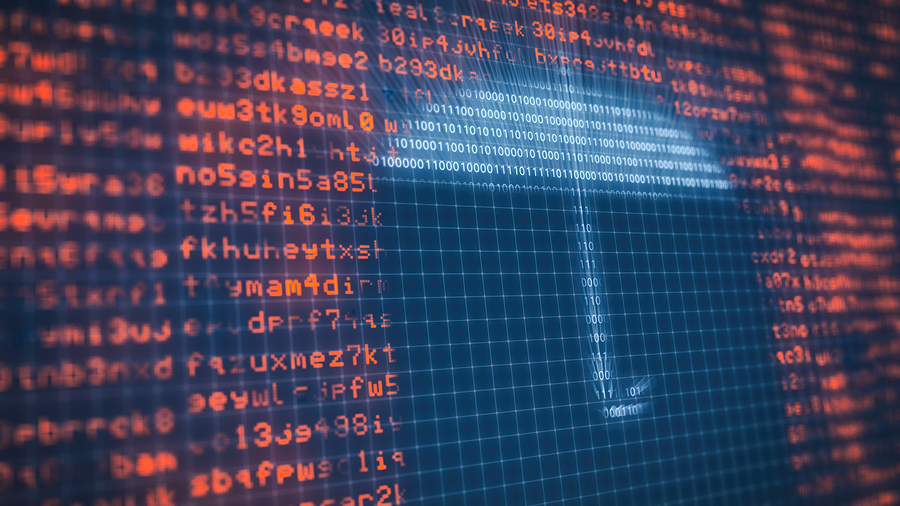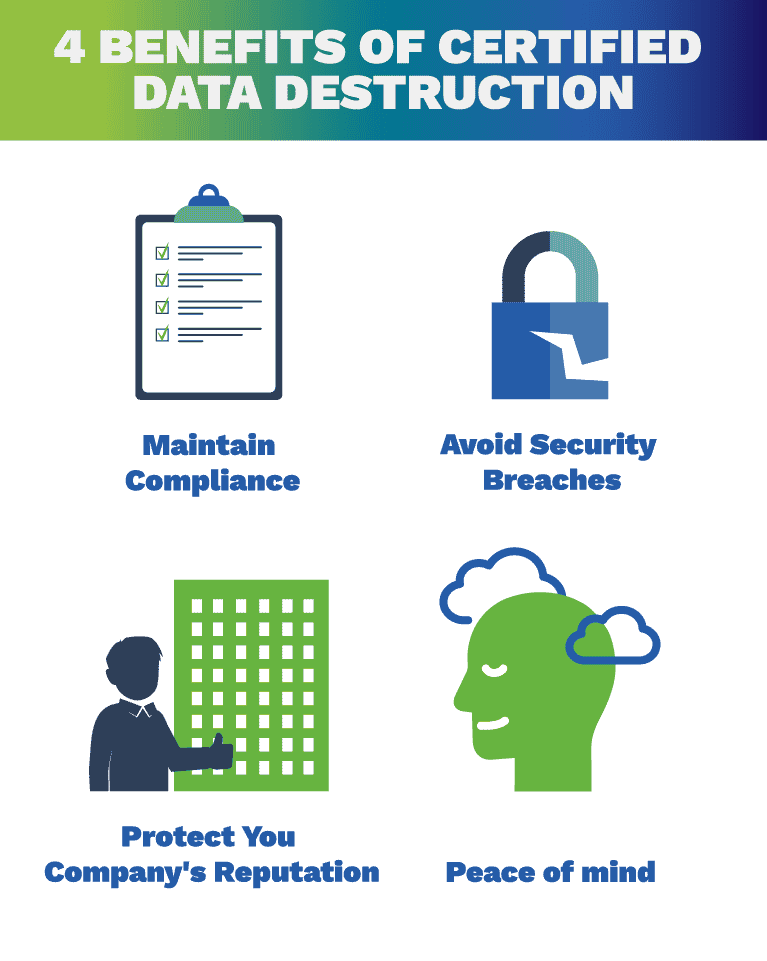Optimizing Cyber Security through Advanced Data Destruction Approaches
Optimizing Cyber Security through Advanced Data Destruction Approaches
Blog Article
The Value of Effective Data Destruction Practices in Safeguarding Sensitive Info and Ensuring Computer System Protection
In an age where data violations are progressively common, the relevance of efficient data devastation methods can not be overstated. Applying robust data devastation techniques not only mitigates these threats but additionally lines up with legal conformity requirements, making certain that organizations promote their track record and foster client depend on.
Understanding Information Destruction
Recognizing data damage is essential in today's electronic landscape, where sensitive info can conveniently be jeopardized. Efficient data damage involves not merely guaranteeing yet deleting data that information is irretrievable through extensive approaches. This process is vital for companies that handle private customer details, copyright, or internal papers, as any kind of violation can lead to serious monetary and reputational effects.
Information destruction encompasses different methods, consisting of shredding physical media, degaussing magnetic storage space devices, and employing software-based services that overwrite information several times. Each method serves a certain objective and has to straighten with the level of sensitivity of the information being thrown away. Physical destruction is frequently preferred for hard drives containing highly personal information, while software application techniques may be enough for less delicate details.
In addition, sticking to market requirements and policies, such as the General Data Protection Law (GDPR) or the Health Insurance Policy Transportability and Responsibility Act (HIPAA), is necessary for conformity and to reduce legal threats. Organizations has to establish a robust data devastation plan, train employees on best techniques, and frequently audit their treatments to make sure that all sensitive details is taken care of safely and effectively.
Threats of Inadequate Practices
Insufficient information damage practices subject organizations to substantial risks that can have far-ranging repercussions. When delicate info is not effectively thrown away, it remains prone to unauthorized gain access to, which can result in information breaches and identity burglary. Such events not only jeopardize the security of individuals yet also taint the company's track record, causing a loss of client trust fund and prospective economic repercussions.
In addition, regulatory conformity is increasingly rigid in several industries. Failing to comply with information destruction guidelines can cause large penalties and lawful activities versus organizations. These charges can divert and strain monetary sources focus from core business operations.
Additionally, the abuse of recurring information can lead to intellectual building theft or corporate espionage, endangering competitive benefits (data destruction). The effect of poor information devastation expands past prompt financial losses; it can also result in long-term damages to brand name honesty and market placement

Organizations have to identify that information security is not solely about preventing breaches; it additionally encompasses the responsible monitoring of data throughout its lifecycle. Ignoring efficient information damage procedures can have disastrous effects, emphasizing the need for durable actions to minimize these threats.
Finest Practices for Data Destruction
Implementing effective information devastation practices is important for protecting sensitive information and maintaining compliance with governing criteria. Organizations needs to take on a multi-faceted strategy to ensure that information is irretrievable, therefore protecting against unauthorized gain access to and prospective breaches.
First, data ought to be categorized based on sensitivity, allowing companies to use appropriate devastation methods tailored to the level of danger. For electronic information, utilizing software-based data-wiping devices that adhere to sector requirements can efficiently overwrite existing information. Physical destruction approaches, such as shredding or degaussing, are important for devices that keep sensitive info, ensuring full removal.
Developing a clear data retention plan is vital, outlining just how long different kinds of information must be retained prior to devastation. Regular audits of information storage space systems are also needed to identify out-of-date or unneeded information requiring removal.
Moreover, training staff members on the significance of information devastation and the specific procedures to comply with fosters a society of safety and security within the company. Maintaining documentation of data damage processes supplies liability and sustains compliance with internal plans and outside guidelines. By sticking to these ideal techniques, companies can dramatically mitigate the risks related to data direct exposure.
Legal and Conformity Factors To Consider

Failure to conform with these laws can result in serious fines, including considerable penalties and reputational damages. Organizations must execute a durable information destruction policy that lines up with these lawful structures and provides clear guidelines on the appropriate techniques of information disposal, read this post here whether physical shredding or electronic wiping.
Furthermore, preserving documentation of data devastation tasks is essential for demonstrating compliance during audits or assessments. By focusing on lawful and conformity factors to consider, companies can boost their information security position and foster count on with stakeholders and clients, eventually adding to a much more safe information administration atmosphere.
Advantages of Effective Information Damage
Efficient data damage methods prolong beyond mere compliance; they offer significant benefits to companies that prioritize them. By making certain that delicate details is irretrievably damaged, companies alleviate the danger of data breaches and the possible economic repercussions connected with them. This positive technique not only safeguards against unapproved accessibility yet likewise enhances the overall reliability of the company in the eyes of stakeholders and clients.
Implementing durable data destruction approaches, such as physical damage of storage tools or innovative data cleaning methods, adds to the strengthening of a company's cybersecurity position. data destruction. It reduces the chance of intellectual property burglary and safeguards proprietary info, therefore preserving an one-upmanship on the market

Conclusion
In conclusion, effective data destruction techniques are vital for securing sensitive information and improving general computer system protection. By carrying out comprehensive approaches such as shredding, degaussing, and software overwriting, companies can minimize the risks connected with unauthorized accessibility and information breaches. Adherence to regulative standards, including GDPR and HIPAA, further reinforces compliance and secures versus legal effects. Inevitably, a commitment to durable information damage methods fosters a society of responsibility, therefore enhancing a company's cybersecurity pose and preserving client count on.

Report this page